TECHNOLOGY
Farther than eVTOLs, faster than helicopters, and more convenient than jets.
KEY TECHNOLOGY
Vertical take off and landing
MOREEngine Drived
MORETilt Wing
MOREHLRC:High speed Long Range Cruise
MOREAutonomous Flight
MOREAdjustable Blade Twist Propeller
MOREPressured Cabin
MORELow Emission
MORE
-
- Vertical take off and landing
- 01.
SLT’s aircraft can take off and land vertically, enabling flexible operations even in areas where conventional aircraft cannot be used or are difficult to operate, such as urban centers and remote islands.
-
- Engine Drived
- 02.
SLT’s aircraft utilizes an engine to ensure sufficient flight time, enabling long range flights. By covering distances that electric aircraft cannot, it expands the possibilities for flying cars.
-
- Tilt Wing
- 03.
SLT's aircraft features a tilt-wing mechanism that allows for flexible adjustment of wing and propeller angles. During takeoff and landing, upward thrust enables vertical takeoff and landing, while in cruise mode, the aircraft utilizes wing lift for efficient horizontal flight.
-
- HLRC:High speed Long Range Cruise
- 04.
SLT’s aircraft can fly at 650 km/h. This reduces travel time, improves mobiity comfort, and enhances transport efficiency. From business applications to tourism, it meets a wide range of needs.
-
- Autonomous Flight
- 05.
With cutting-edge autonomous flight technology, SLT’s aircraft ensures safe and precise flights, delivering a next-generation mobility experience.
-
- Adjustable Blade Twist Propeller
- 06.
By enabling adjustable propeller twist, the aircraft maximizes flight efficiency across both low and high speeds.
-
- Pressured Cabin
- 07.
The pressurized fuselage ensures a safe and comfortable environment for passengers even at high altitudes.
It also enables mountain-crossing flights, increasing operational route flexibility.
-
- Low Emission
- 08.
With SAF compatibility and hybrid technology, our environmentally conscious design aims to achieve sustainable air transportation.
SPEC

STORY
-
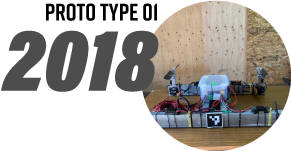
- The development of SLT’s aircraft began with the QTW test aircraft. From the start, the goal was to create an aircraft capable of long-range, high-speed travel.
The initial design featured tilt-wings at both the front and rear, which provided excellent hovering performance but also introduced system complexity. This structure required large wings to tilt at both ends, along with four main propellers, significantly increasing the number of components.
Additionally, to achieve long range flight, the aircraft was designed with an engine-driven system. This required a shaft arranged in an H-configuration to keep the propellers operational even in case of engine failure, along with gearboxes at both the front and rear. These structural complexities led to higher manufacturing costs.
Furthermore, it was discovered that airflow from the front propellers was being absorbed by the rear propellers, causing noise and vibrations, which negatively impacted passenger comfort.
Due to high manufacturing costs and ride comfort concerns, this concept was ultimately not adopted.
-
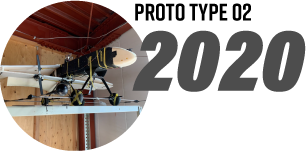
-
The concept was shifted from QTW to a Lift-and-Cruise test aircraft.
This design featured separate propellers that were upward-facing (for lift) and forward-facing) (for cruise), resembling a compound helicopter. While it was capable of reaching speeds up to 350 km/h, achieving the originally envisioned long-range, high-speed travel required further technological advancements.Due to the challenges in realizing this concept, the Lift-and-Cruise design was ultimately not adopted.
-
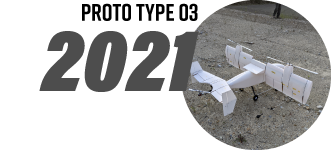
- The design of flying cars can be broadly categorized into three types: the first is "Multicopter", the second is "Lift-and-Cruise", the third "Vectored Thrust". Among these, "Lift-and-Cruise" and "Vectored Thrust" have the potential to achieve long-range, high-speed travel.
Our initial approach focused on a Quad-Tilt Vectored Thrust aircraft. However, due to the complexity of the system and high costs, it was deemed unsuitable. Next, we explored the Lift-and-Cruise concept, but it was abandoned due to speed limitations.
Through repeated trial and error in pursuit of the ideal performance, we identified the "Single Tilt-Wing" design as the optimal solution. This configuration offers a simple structure while fully achieving the desired performance.
With the "Single Tilt-Wing" aircraft currently under development, we are on track to achieve our target of 650 km/h top speed and 1,400 km flight range.
-
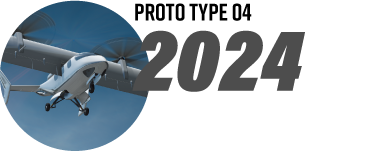
- To address the growing demand for long range flight, we have begun technology licensing of our tilt-wing manufacturing technology and attitude control program.
By integrating our technology with existing engine-powered industrial helicopter platforms from drone manufacturers and other companies, we can reduce both time and costs while meeting the need for long-range flight. This approach enables the development of a highly competitive tilt-wing aircraft lineup.
-

- The ultimate goal is to roll out an aircraft capable of carrying one pilot and 4-6 people. To achieve this, we will first develop a smaller aircraft designed for 1-2 people, allowing us to gather data for the design of mass-production models and the acquisition of type certification.











